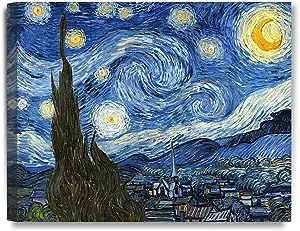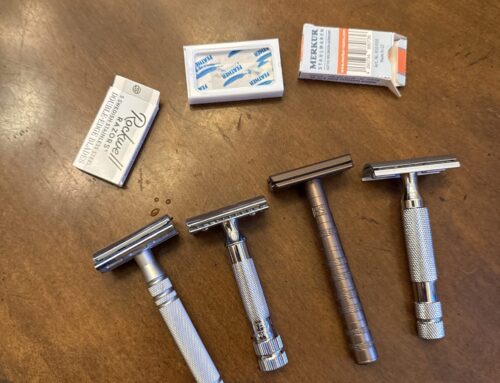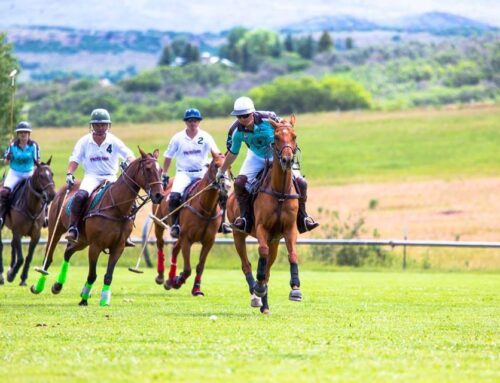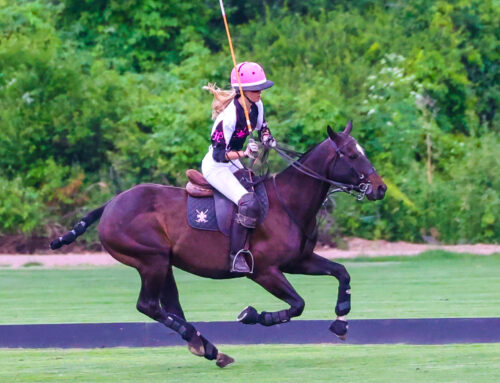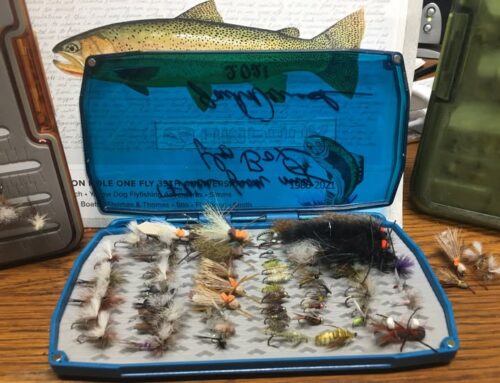the blue zone food guidelines
#1, ensure that your diet is 90% plant-based
#2 retreat from meat
#3 go easy on fish
#4 reduced dairy
#5 cut down on eggs
#6, eat a daily dose of beans
#7 eliminate sugar
#8 snack on nuts
#9 sour bread
#10 go whole
#11 drink mostly water
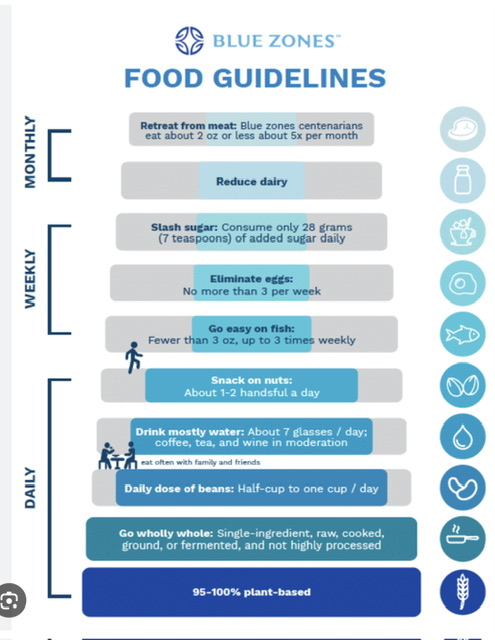

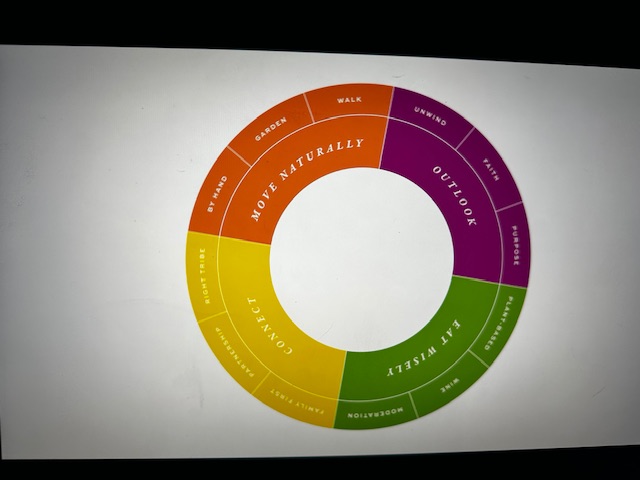 If you haven’t watched the new Netflix special by Dan Buettner you need to watch it. The intro reads:
If you haven’t watched the new Netflix special by Dan Buettner you need to watch it. The intro reads:
Life expectancy of an American born today averages 78.2 years. But this year, over 70,000 Americans have reached their 100th birthday. What are they doing that the average American isn’t?
To answer the question, we teamed up with National Geographic to find the world’s longest-lived people and study them. We knew most of the answers lied within their lifestyle and environment (The Danish Twin Study established that only about 20% of how long the average person lives is determined by genes). Then we worked with a team of demographers to find pockets of people around the world with the highest life expectancy, or with the highest proportions of people who reach age 100.
And he has many books on this and recipe books as well. Here is a summary of what he discovered at his website below.
https://www.bluezones.com/2016/11/power-9/

He talks alot about ikigai, which is an interesting concept. “Ikigai” is a Japanese concept that combines the terms “iki” meaning “life” and “gai” meaning “value” or “worth”. It refers to the reason for being, or the purpose of life. According to Japanese psychologist Michiko Kumano, ikigai is a state of well-being that arises from devotion to activities one enjoys, which also brings a sense of fulfillment 1. The concept of ikigai is said to have evolved from the basic health and wellness principles of traditional Japanese medicine. This medical tradition holds that physical wellbeing is affected by one’s mental–emotional health and sense of purpose in life .
Ikigai is similar to the French term “raison d’etre” or “reason for being” . It is a motivating force that gives a person a sense of purpose or a reason for living. Ikigai can be found at the intersection of four elements: what you love, what you are good at, what the world needs, and what you can be paid for.
If you are interested in finding your own ikigai, PositivePsychology.com provides an excellent tool that can help you identify your values, motivations, and goals. They also offer three Meaning and Valued Living Exercises for free that can help you inspire a sense of meaning in your life.
It’s a constant focus on enriching your life’s purpose. In Costa Rica, they call it “Plan de Vida,” which translates to the Soul’s Purpose. This concept encapsulates the reason one wakes up in the morning. The world’s longest-living individuals believe that our modern world often disconnects us from our true calling. They hold the belief that, akin to our unique fingerprints, each of us is bestowed with a distinct life purpose from birth. This Soul’s Purpose, or “Plan de Vida,” entails the quest to discover it and then construct a life that aligns with this destiny.
Finding the right tribe, group of friends or moai is important as well. Elders in Okinawa, Japan, one of the original blue zones longevity hotspots, live extraordinarily better and longer lives than almost anyone else in the world. Moai, one of their longevity traditions, are social support groups that start in childhood and extend into the 100s. The term originated hundreds of years ago as a means of a village’s financial support system. Originally, moais were formed to pool the resources of an entire village for projects or public works. If an individual needed capital to buy land or take care of an emergency, the only way was to pool money locally. Today the idea has expanded to become more of a social support network, a cultural tradition for built-in companionship. In small neighborhoods across Okinawa, friends “meet for a common purpose” (sometimes daily and sometimes a couple days a week) to gossip, experience life, and to share advice and even financial assistance when needed. They call these groups their moai.
A robust Plan de Vida imbues a sense of purpose and motivates individuals to contribute to the greater collective good. Lessons from Nicoya’s Blue Zone underscore the importance of finding joy in daily tasks and living in close proximity to multiple generations of one’s family. It’s common for at least three generations to reside under the same roof in most households. Prioritizing human connections over career or material possessions fosters a profound sense of significance and belonging. The Nicoyan diet predominantly centers on plant-based foods. Their drinking water boasts high levels of calcium and magnesium, distinct from other regions in Costa Rica, resulting in fewer fatal hip fractures. Moreover, they enjoy a daily glass of wine, maintain active lifestyles by walking everywhere, and receive moderate sun exposure. Their geographical proximity to tropical forests and the beach allows Nature’s symphony to compose a unique melody in their souls, a connection that many of us can scarcely comprehend. Preserving their cultural and faith-based traditions has culminated in a community with the lowest stress levels worldwide.
It’s worth emphasizing this point: these people not only achieve remarkable longevity, with many living to 100 years and beyond, but they also exhibit an astonishing absence of the stresses prevalent in modern society. Telomere length, which is regarded as a reliable marker of aging, further supports this. Nicoyans have the longest telomeres on Earth, suggesting that their Plan De Vida is etched both into the core of their being and the essence of their culture.
__________________________________________________
There are a lot of similar diets out there like the Whole30.
What You Can Eat on Whole30
Now that you know how this program works and the benefits of a 30-day elimination, what are the basic rules of the program? Let’s start with a food list of what you can eat on Whole30:
All vegetables, including potatoes
Fruit, including strawberries, watermelon, apples, oranges, and bananas
Seafood, such as fish, oysters, shrimp, and mussels
Unprocessed meats, including beef, chicken, and pork
Nuts and seeds
Eggs
Olive oil and coconut oil
Black coffee
What You Can’t Eat on Whole30
Meanwhile, the following foods are off-limits on this program:
Dairy
Grains (corn, wheat, rice)
Added sugar
Legumes (chickpeas, lentils, soy)
Alcohol
Pasta
Bread
Processed additives (carrageenan, MSG, sulfites)
French fries and potato chips
Some of our friends eat like this everyday because “Carbies don’t make Barbies” and “Nothing tastes as good as skinny feels.”

